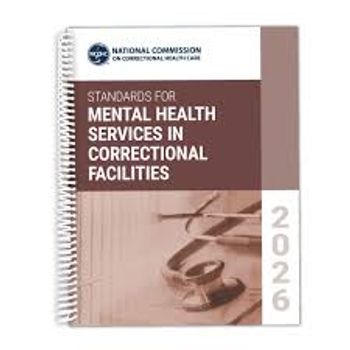
- Vol 31 No 3
- Volume 31
- Issue 3
Survived by One: The Life and Mind of a Family Mass Murderer
There are many stories written about serial killers and murderers, books that narrate the life course of individuals who commit heinous acts. However, few have been written by murderers explaining their lives first-hand.
Survived by One: The Life and Mind of a Family Mass Murderer
by Robert E. Hanlon (with Thomas V. Odle); Carbondale, Illinois: Southern Illinois University Press, 20131945 pages • $29.95 (hardcover)
There are many stories written about serial killers and murderers, books that narrate the life course of individuals who commit heinous acts. However, few have been written by murderers explaining their lives first-hand and offering a glimpse into the experiences that bring one to murder.
Tom Odle’s journey of self-discovery began when the death sentence was abolished in Illinois in 2003, and all death sentences were commuted to natural life in prison. After 17 years on Illinois Death Row, Odle was handed a new lease on life. With this gift came Tom’s burning questions about himself and a desire to learn who he was and understand what led him to murder. The introspective narrative, which served as a self-exploration for Tom Odle through correspondence with Dr Hanlon, offers readers a rare window into the mind of a killer, exploring his childhood, the details of the murders, and the life that unfolded for him in prison.
The story unfolds with Thomas Odle’s beginning, and is, for the most part, written from his point of view. Dr Hanlon skillfully fills in missing details of Odle’s life with information obtained from collateral sources. Information about the Odle family was also gathered from interviews with Odle’s schoolteacher, principal, former girlfriend, and Yvonne Sexton, a close friend of Odle’s mother. Sexton reportedly stopped by the house and spoke to Tom after he killed his parents and before he proceeded to murder his siblings. The insight offered by those who knew the family well allows the reader a clearer vision of the Odle family dynamics and the interplay of their personalities.
Psychologists and psychiatrists interviewed Tom after the murders and Dr Hanlon describes their findings, quoting them throughout the narrative. Their differing analytic perspectives on Odle’s pathology bring the manuscript to life, shaping the complexity of Tom Odle’s character. Dr Hanlon also injects into the narrative a clear history of the death penalty in Illinois, describing the progression of state law over the years leading up to, and after, Odle’s arrest and conviction for the murders of his family.
Tom Odle paints his life as one filled with the abuse of a sadistic and resentful mother; the frustrations of a silent, passive father; and the jealousy and abuse of sibling rivalry. His writing eloquently conveys his lack of emotional connection to his family, his disdain for laws and rules, and his abuse of drugs and alcohol. His unhealthy sexual relationships with older women contribute to his antisocial personality, which took form at a young age. His young life culminated in the decision to kill his mother, followed by his father, and finally ending with the murders of all three of his siblings.
After his apprehension for the murders and his conviction, Thomas Odle lived the next 17 years of his life awaiting his death. When all death sentences in Illinois were commuted to life in prison, Odle faced a lifetime behind bars. He questioned all that he had been, and hoped to find answers by reaching out to and corresponding with Dr Hanlon, a neuropsychologist who had evaluated him years earlier during his trial. Although a clear reason for why Tom Odle murdered his family may never materialize for him or for us as readers, he does walk us down the path he took toward insight into himself and his past.
Often when we inform people that we are training in forensic psychiatry, their eyes light up and they say, “I want to know what makes people become murderers.” Although this story may not impress a seasoned forensic psychiatrist who has interviewed numerous murderers, it will satisfy the desire of a reader wanting to delve into a killer’s mind. To those curious readers we would recommend this book.
Disclosures:
Dr Bazzi is a Fellow in Forensic Psychiatry at Case Western Reserve University Hospitals in Cleveland, Ohio. Dr Charder is a Fellow in Forensic Psychiatry at SUNY Upstate Medical Center in Syracuse, New York.
Articles in this issue
almost 12 years ago
The New CPT Codes: Ethical Challenges in a New Billing Era?almost 12 years ago
End-of-Life Decisions: Who Decides and the Role of the Psychiatristalmost 12 years ago
Revive Flurothyl Inhalation Therapyalmost 12 years ago
The Burden of Chronic Pain: Can We Predict Where It Is Most Likely to Fall?almost 12 years ago
Prescribing Psychotropics for Women of Childbearing Potentialalmost 12 years ago
To Supplement or Not to Supplement: That Is the Bipolar Depression Questionalmost 12 years ago
Introduction: The Brave New World of Psychiatric Ethicsalmost 12 years ago
Ethics and Virtues in Clinical Psychiatryalmost 12 years ago
Discussions About Public Figures: Clinician, Commentator, or Educator?Newsletter
Receive trusted psychiatric news, expert analysis, and clinical insights — subscribe today to support your practice and your patients.

















